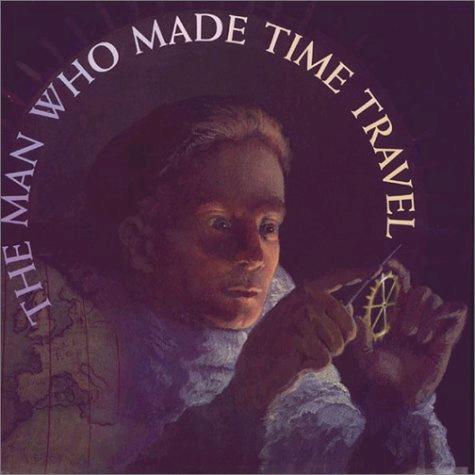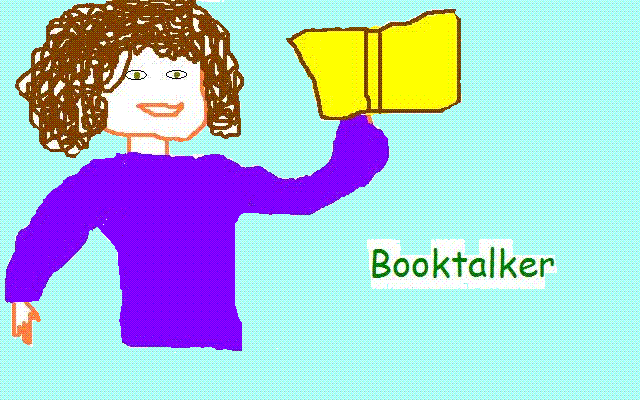|
nancy@nancykeane.com
|
 |
Lasky, Kathryn.
THE MAN WHO MADE TIME TRAVEL
New York : Farrar, Straus,
Giroux, 2003.
IL 3-6, RL 5.7
ISBN 0374347883
|
| When
we want to know exactly where we are in the world, we can find out by knowing
the latitude and longitude of our location. The latitude is the north-south
position. In the old days, sailors used the stars to figure their
latitude to help them know where they were. Longitude is the east-west
position and cannot be determined from the stars. Before the 1700s,
there was no way for sailors to determine their longitude. Many ships
were lost because of this. In England, a prize was announced for
anyone who could solve the problem of determining longitude at sea.
The prize was equivalent to about $12,000,000! There were many solutions
brought to the committee but most of them were really farfetched!
Can you imagine thinking you could tell where you were by a dog barking?
A young man by the name of John Harrison took on the challenge. Little
did he know that he would be working on it for the rest of his life. |
| Non-fiction |
SUBJECTS:
Longitude -- Measurement.
Harrison, John, 1693-1776.
Chronometers. |
© 
Permission is granted for the
noncommercial duplication and use of this resource, provided it is substantially
unchanged from its present form and appropriate credit is given.
|
